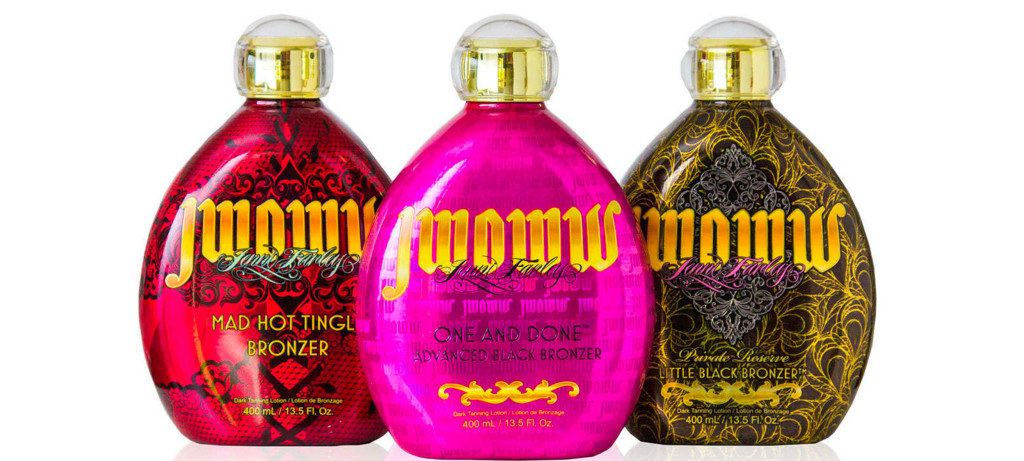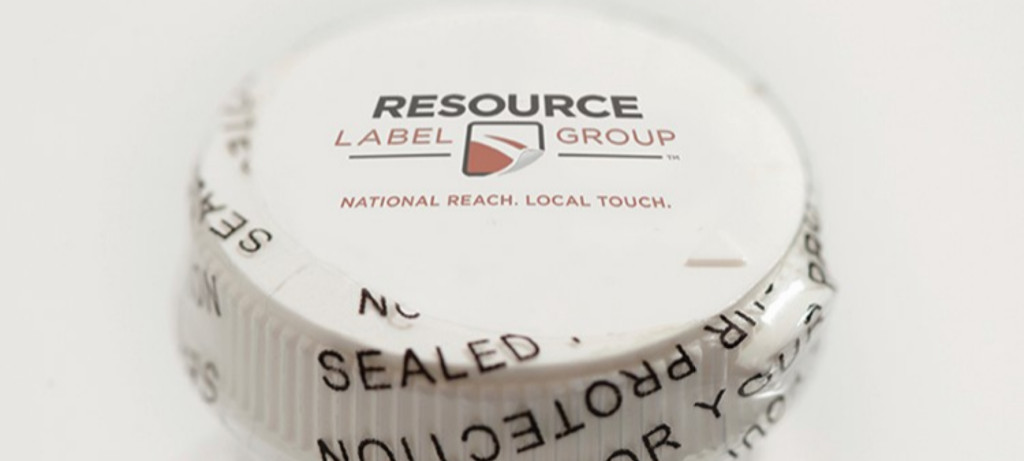Anti-counterfeit label solutions to protect consumers and your brand

It’s not a new problem: Counterfeit products pose a risk for companies. These falsified items can result in damage to the brand perception, economic losses and even harm to valued customers. Particularly in the pharmaceutical, wine and spirit, nutraceutical and cosmetic sectors, brand owners must be diligent about brand security.
Consider the fake lip kits that tempted customers of a popular makeup line. The imitations, while seemingly realistic, had potentially harmful microbes and risked customer health as well as brand reputation.
The risks are real—but the solutions are, too.
Labels and packaging act as an essential first line of defense for staying ahead of counterfeiters.
One Sicilian winemaker tackled counterfeiting head-on with unique RFID and QR codes for buyers to scan and verify authenticity. He also uses a distinctive black plastic cork that’s more complicated than the average cork (and thus harder to fake), adding another layer of protection.
Arriving at your brand’s anti-counterfeiting solution should be:
- Part of a holistic packaging approach and
- Bespoke to your product’s unique needs.
There are strategies, options and techniques commonly used across industries to address counterfeiting; that’s where we come in. This article will show you the lay of the land for brand protection solutions and give you the right questions to ask when you’re making these important security decisions.
The two approaches to anti-counterfeiting
One Sicilian winemaker tackled counterfeiting head-on with unique RFID and QR codes for buyers to scan and verify authenticity. He also uses a distinctive black plastic cork that’s more complicated than the average cork (and thus harder to fake), adding another layer of protection.
Overt features
Overt security elements are exactly what they sound like: They’re details noticeable to the consumer. As Vicki Stull says in Labels & Labeling, she often uses embellishments and special effects such as embossing, metallics, holographics or die-cuts to create a unique brand ‘signature’ that is difficult to replicate.
“The more intricate a brand makes its packaging, the more challenging—and costly—it is to counterfeit”
Vicki Stull
“The more intricate a brand makes its packaging, the more challenging—and costly—it is to counterfeit,” Stull says.
Other examples of overt protections include tamper-evident labels, tactile printing and holograms.
Covert features
On the other hand, covert security elements are hidden from shoppers (and counterfeiters, too—they don’t know they’re there). These concealed measures are typically used for tracking and tracing to make sure products (particularly pharmaceuticals and nutraceuticals) don’t fall out of the authorized supply chain.
Covert features are considered a second line of defense after overt features, and can provide even more sophisticated protection.
Examples include invisible or UV inks, invisible watermarks, ink taggants and infrared ink. High-level covert solutions will contain some form of taggant that is only visible or detectable through more sophisticated hand-held readers.
Anti-counterfeit packaging technology
We’ve already mentioned a few examples of brand protection solutions above, and we’ll be sharing a few more measures here. This is by no means an exhaustive list of every solution; think of this as a way to get your gears turning about potential methods that could make sense for your product.
These solutions can serve different security purposes: Tamper-evident solutions prevent authentic products from being replaced by counterfeit products. Authentication solutions verify the product is genuine from the original producer. Tracking solutions confirm products are transported securely from production to retail to the consumer.
Examples of anti-counterfeit solutions include:
- Invisible inks
- Microtext (only visible under magnification)
- Holograms, specialty foils, specialty inks and other complicated builds that are difficult to replicate (similar concept used on currency)
- Variable printing for unique lot number tracking
- Unique laser cutting of tiny shapes or images into the label
- Tamper evident labels of many varieties: Shrink sleeve, pressure sensitive and film labels to create a seal over product openings, labels that leave behind a message or void materials when peeled, tamper evident pallet banding for bulk authentication or even NFC tamper evident tags
- QR codes and much smaller 2D barcodes
- RFID taggant
- RFID/NFC blockchain
- NFC tags and QR codes for consumer digital authentication
For more reading about NFC/RFID technology, go here. For more guidance on tamper-evident shrink sleeves and labels, go here. For more about variable data printing in service of brand protection, go here.
So which solution(s) will work for my brand?
Security documents and currency don’t use one single approach for thwarting counterfeiters—and neither should you.
Brand security experts recommend multilayering, or combining overt and covert elements. The particular combination will (and should) vary from brand to brand, so brand owners should evaluate their product and the corresponding security goals.
For example, pharmaceutical companies face a high-risk scenario if counterfeit products make their way into the supply chain—so tracking and authentication efforts must reflect that reality. Or in the case of winemakers and limited production wines, the ability for wine collectors to quickly authenticate their purchase is a significant value-add.
Consider these thought-starters as you evaluate your product’s protection needs:
- How will the product be priced?
- If it’s a high-value product, could it become a target for counterfeiting?
- Has this product faced counterfeit issues before?
- Are there particular parts of the supply chain you want to focus on (i.e., distributor, retail)?
Bespoke security solutions work best
Your anti-counterfeiting partner needs discretion, thoughtful consultations—and the labeling capabilities to back it up.
We’re prepared to deliver on all three fronts.
Let’s start with a conversation about your product, your current packaging protection measures and brand security goals. Then we’ll point you toward the anti-counterfeiting solution that makes the most sense for your brand.
Find the anti-counterfeiting solution that makes the most sense for your brand.
Tags:


